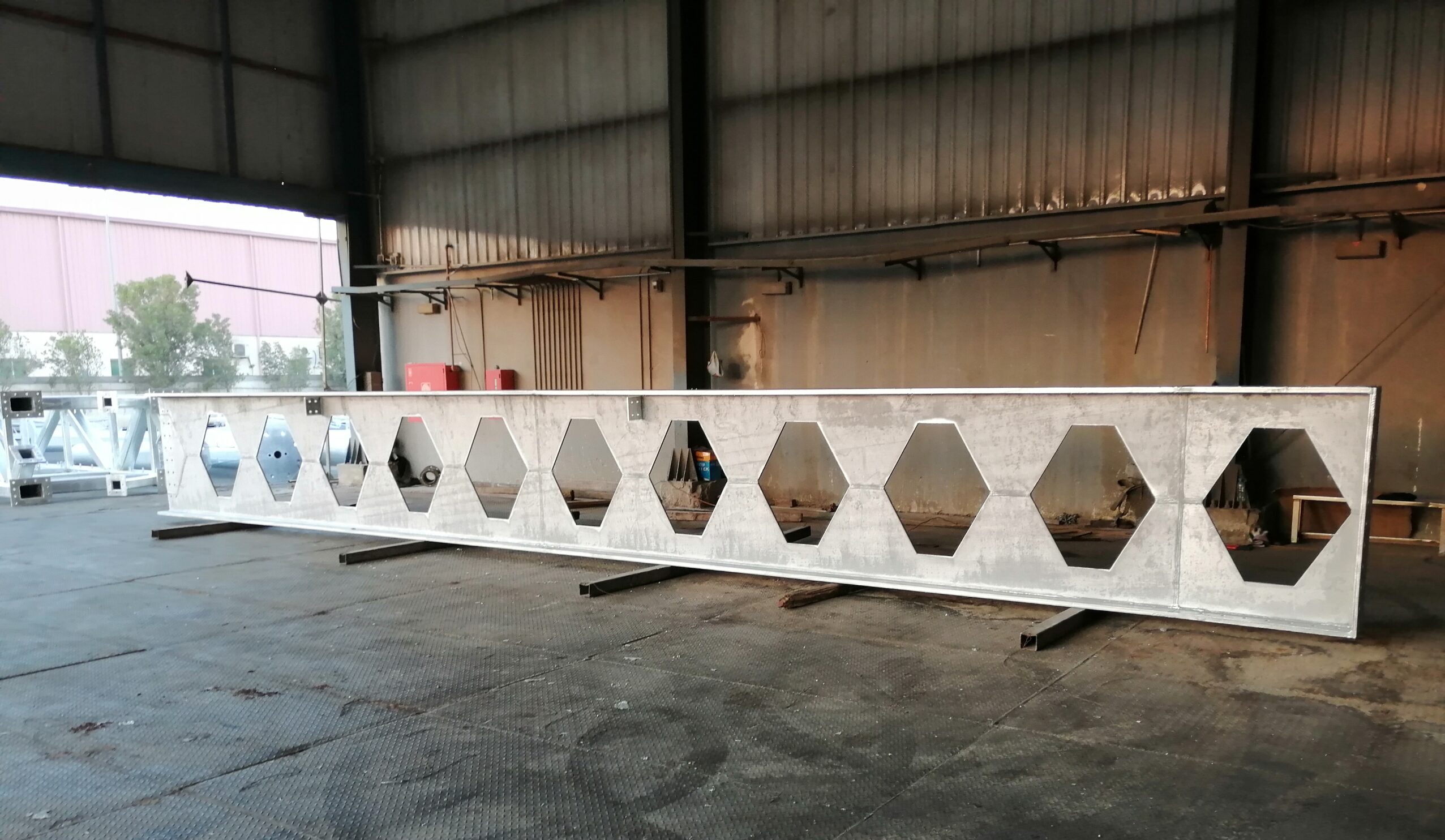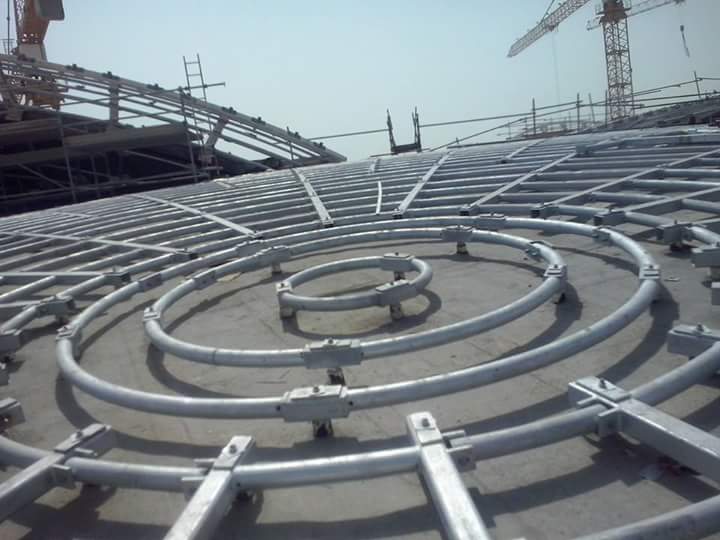
Why Galvanizing

NEED OF GALVANIZING
Steel is strong. It’s use throughout the world is to provide inherent strengths for buildings, bridges, pipelines, towers, trailers, cars etc But steel is also weak. It is susceptible to the unrealizing and often unseen effects of corrosion. Simple steel rusts losing its structural integrity and surrendering its strengths. However, steel which has been properly protected against the dangers of atmospheric attack can retain its strength for many years. most importantly, IT WON’T RUST.
NO OTHER METHOD OF PROTECTION MATCHES GALVANIZING’S UNIQUE COMBINATION OF
Low Initial Cost
Outstanding Durability
Predictable Performance
Low As Upto Zero Maintenance
Resistance To The Atmospheric & Impact Damage
Easy For Quality Control And Inspection
There is only one way to protect STEEL against corrosion and that is through Hot Dip Galvanizing.
Galvanizing is the practice of immersing clean, oxide-free steel into molten zinc to form a protective coating over the metal. The coating is bonded metallurgically to the steel and this coating helps to protect the surface against corrosion. The zinc coating protects the steel in two ways
- The base metal is protected from the atmosphere by the zinc coating.
- The zinc coating provides cathodic (or sacrificial) protection. This is because zinc has a greater electro-negativity than iron or steel, so it will corrode in preference to the base metal.

The principal method of making steel resist corrosion is by alloying it with another metal i.e. ZINC. When steel is submerged in melted zinc, the chemical reaction permanently bonds the zinc to the steel through GALVANIZING. Therefore, the zinc is not exactly a sealer, like paint, because it does not just coat the steel; it becomes a part of it.
The zinc goes through a reaction with the iron molecules within the steel to form galvanized steel. The most external layer is all zinc, but successive layers are a mixture of zinc and iron, with an interior of pure steel. These multiple layers are responsible for the amazing property of the metal to withstand corrosion-inducing circumstances, such as salt water or moisture.


